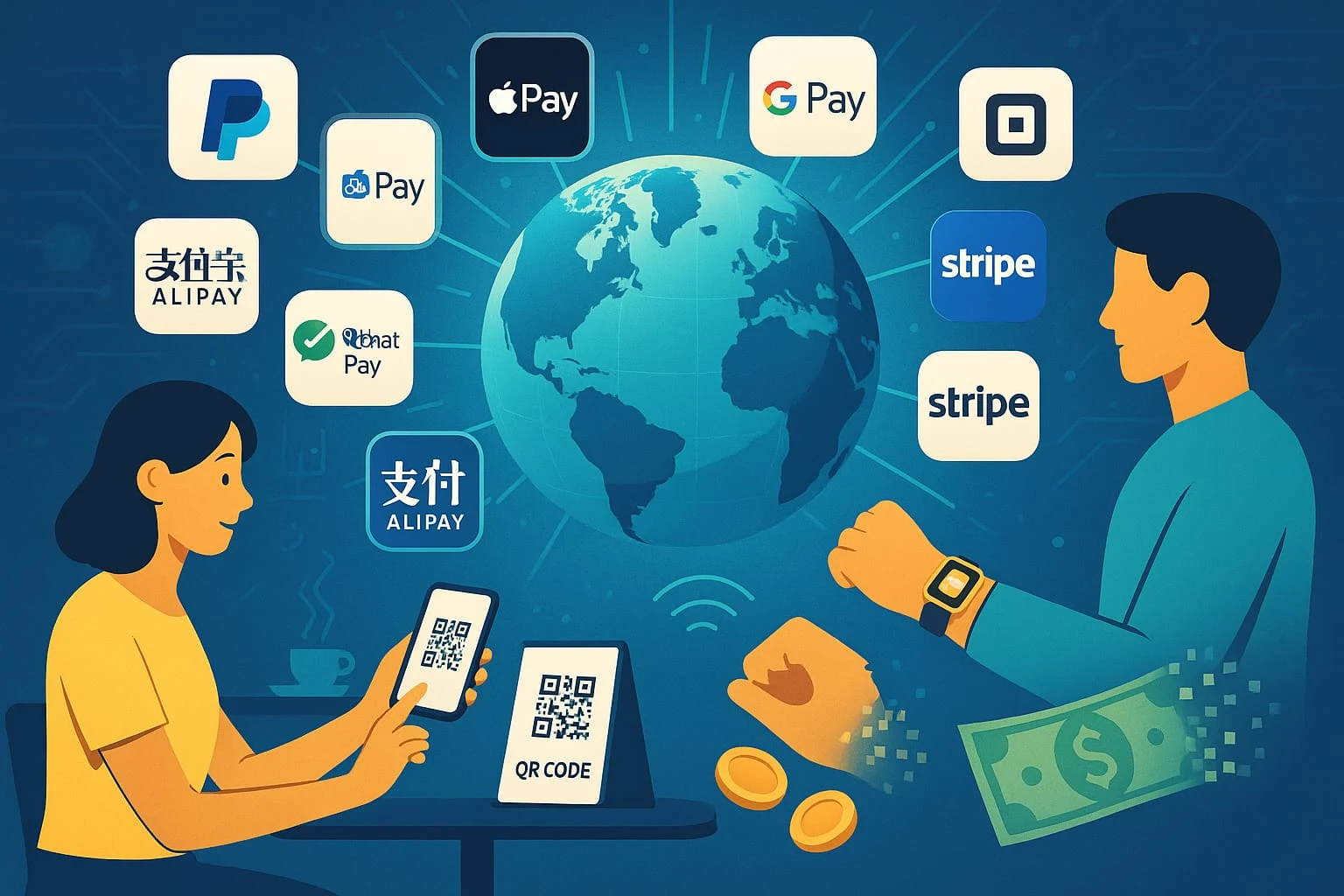
2025 Marks a Major Turning Point in the Cashless Economy
August 1, 2025 | Fintech & Economy Report
Digital payment methods have reached record adoption levels in 2025, marking a dramatic global shift away from cash. Fueled by expanding fintech innovation, smartphone penetration, and evolving consumer habits, economies worldwide are witnessing a historic transformation in how people pay.
🌍 Global Shift to Cashless Transactions
From developed markets to emerging economies, digital transactions now dominate day-to-day payments. Mobile wallets, contactless cards, QR code scanning, and even biometric authentication are becoming the norm in retail, public transport, and peer-to-peer transfers.
Key Highlights:
-
Asia-Pacific: Leading globally with over 90% of consumer payments in China now digital; India’s UPI system processes over 12 billion transactions monthly.
-
Europe: Rapid growth in mobile and contactless adoption, with Nordic countries nearly cashless.
-
Africa: Fintech startups and telecom-based wallets (like M-Pesa) fueling financial inclusion.
-
U.S. and Canada: Strong rise in mobile wallet use, especially via Apple Pay, Google Pay, and retailer-specific apps.
💡 Why the Surge?
Several factors have contributed to this trend:
-
Post-pandemic behavioral shift: Consumers became more comfortable with contactless tech.
-
Government policy: Many nations have encouraged digital adoption to increase transparency and efficiency.
-
Fintech innovation: Easy-to-use platforms, faster settlements, and improved security features.
-
E-commerce growth: Digital payments are the default for online purchases.
“We’re seeing a permanent behavioral shift,” says Alina Morgan, Chief Analyst at Global Fintech Monitor. “People want speed, convenience, and control—and cash can’t compete.”
📉 Cash Usage Continues to Fall
The use of physical cash has dropped to historic lows in many regions:
-
Germany, traditionally cash-reliant, reports cash now under 30% of retail payments.
-
Japan, long known for its cash culture, has crossed 50% digital adoption for the first time.
-
Latin America is seeing a fintech-led revolution, reducing dependence on physical currency.
While some governments, such as those in the EU, are considering digital central bank currencies (CBDCs), others are setting timelines to phase out large-denomination bills.
🔐 Challenges & Considerations
Despite the rapid rise, the digital payment boom brings challenges:
-
Cybersecurity threats are growing with increased digital exposure.
-
Financial exclusion risk for older populations or unbanked rural communities.
-
Data privacy remains a major concern, particularly in regions with weak regulatory frameworks.
📈 What’s Next?
Experts predict:
-
Continued innovation in AI-powered fraud detection
-
Greater use of digital identity verification
-
Integration of CBDCs into everyday payments
-
Offline digital payment solutions for underserved areas
💬 Final Word
The digital payment revolution is more than a convenience—it's reshaping economies, altering consumer behavior, and redefining the future of money.